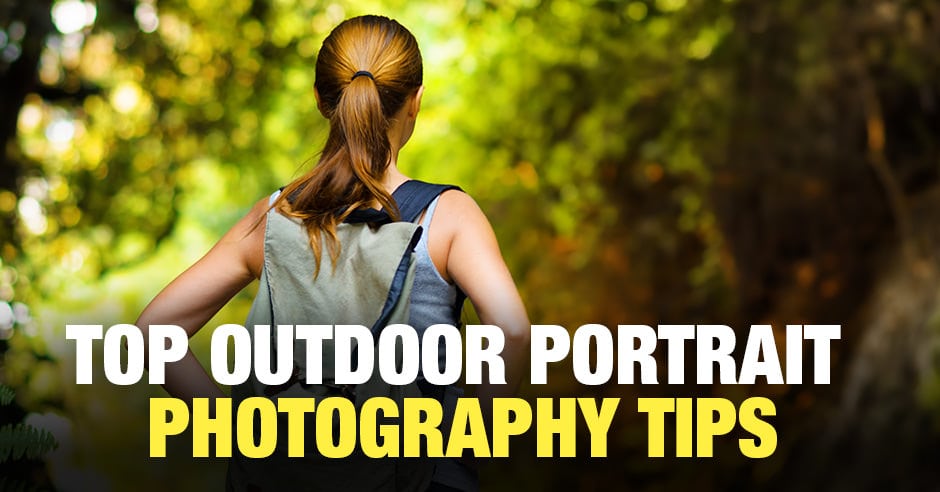
You’ll want to know where an image will appear prior to photographing that busy toddler, creampuff vintage car, or towering skyscraper. The primary considerations are your style, how you will use the image, and what you want to convey to the viewer. However, scenery and people can be captured with either portrait format or landscape format. Typically, subjects with strong vertical orientations - like people, tall buildings, and waterfalls - work best in a portrait orientation, while scenery like a mountain range displays best in a horizontal orientation. By default, smartphones display in portrait orientation. Photos are taller than they are wide in portrait orientation. Portrait photography often uses a vertical orientation to capture an entire person or subject, or to place emphasis on a subject, as in a close-up head-and-shoulders headshot.

#PORTRAIT VS LANDSCAPE 3D CRYSTLAS TV#
Your TV screen is an example of landscape mode. This view is landscape orientation or horizontal orientation. The photo is wider than it is tall, to capture the vastness of a natural setting. Landscape images align with the horizon line. The difference between landscape and portrait orientation. Discover how, given the options of landscape orientation or vertical format, you can select the right approach for the best shot. Most cameras - whether they’re smartphones or DSLR cameras - only capture rectangular pictures, so you only have two options. But while a horizontal image for landscape photography or a vertical subject in an upright portrait shot might seem natural, image orientation isn’t always intuitive. You'll be surprised just how creative you can be - and what you think shouldn't work, will.The orientation of any image can transform the emotions of a photo, from playful or intimate to dramatic or detached. So, your homework is this: Find a somewhat boring subject like a lone tree and make it look amazing by trying out different angles, orientations, framing. If it's something important or likely to pay the bills (such as an architecture shoot, even real estate images), the clients may change their mind and decide they want "the other one" - if you don't have "another one," then you're out of luck. The safest way to shoot a subject is BOTH. Portrait-format images are best for a cover. A magazine image may be anything, especially if there is copy around or within the image. The other obvious thing is how will it be "published?" If the photo is going to hang on a wall, will it be in a vertical or horizontal or even square frame? If on the Internet, nearly 100% of monitors are sqarish-horizontal, so a horizontal image will be "larger" viewed full-screen, and therefore may have more impact. All those things have been done before, but if YOU haven't done it, it's time to try out something different.

That's "normal." What makes things different is how you perceive the subject - break the rules, put the subject off-centre or off-rule-of-thirds, tilt the camera, etc. Sprawl out the subject on the grass, a bed or the floor, and you'll immediately go back to landscape format.

For portraits, a vertical format usually works better because most people subjects are either standing or sitting up. However, what really matters is how you want to perceive the subject. "centre-weighted") systems with only 3 to 11 focus points - following moving objects is much more comfortable in landscape orientation, and it's natural to hold the camera that way (grip, shutter position, etc.) A vertical grip is usually designed with the shutter release and control dials re-oriented in the "normal" position. Most cameras are designed so that the AF (speed of focussing, accuracy) works better in landscape mode - think of the cross-hair orientation and/or older AF and exposure (i.e. The reality is that most beginners pick up a camera and shoot vertically, then try out a portrait orientation. Well, I guess one way of looking at your subject is to tilt your head 90 degrees!


 0 kommentar(er)
0 kommentar(er)
